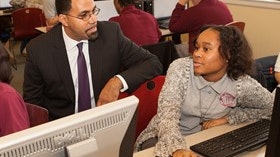Homepage
•
Learning Library
•
Blog
•
Find out what the U.S. education secretary thinks about ed tech, testing and digital citizenship
Expand breadcrumbs
Expand breadcrumbs
- Learning Library
- Blog
- Find out what the U.S. education secretary thinks about ed tech, testing and digital citizenship
- Homepage
- •
- Learning Library
- •
- Blog
- •
- Find out what the U.S. education secretary thinks about ed tech, testing and digital citizenship
Find out what the U.S. education secretary thinks about ed tech, testing and digital citizenship
By Julie Randles
March 29, 2016








